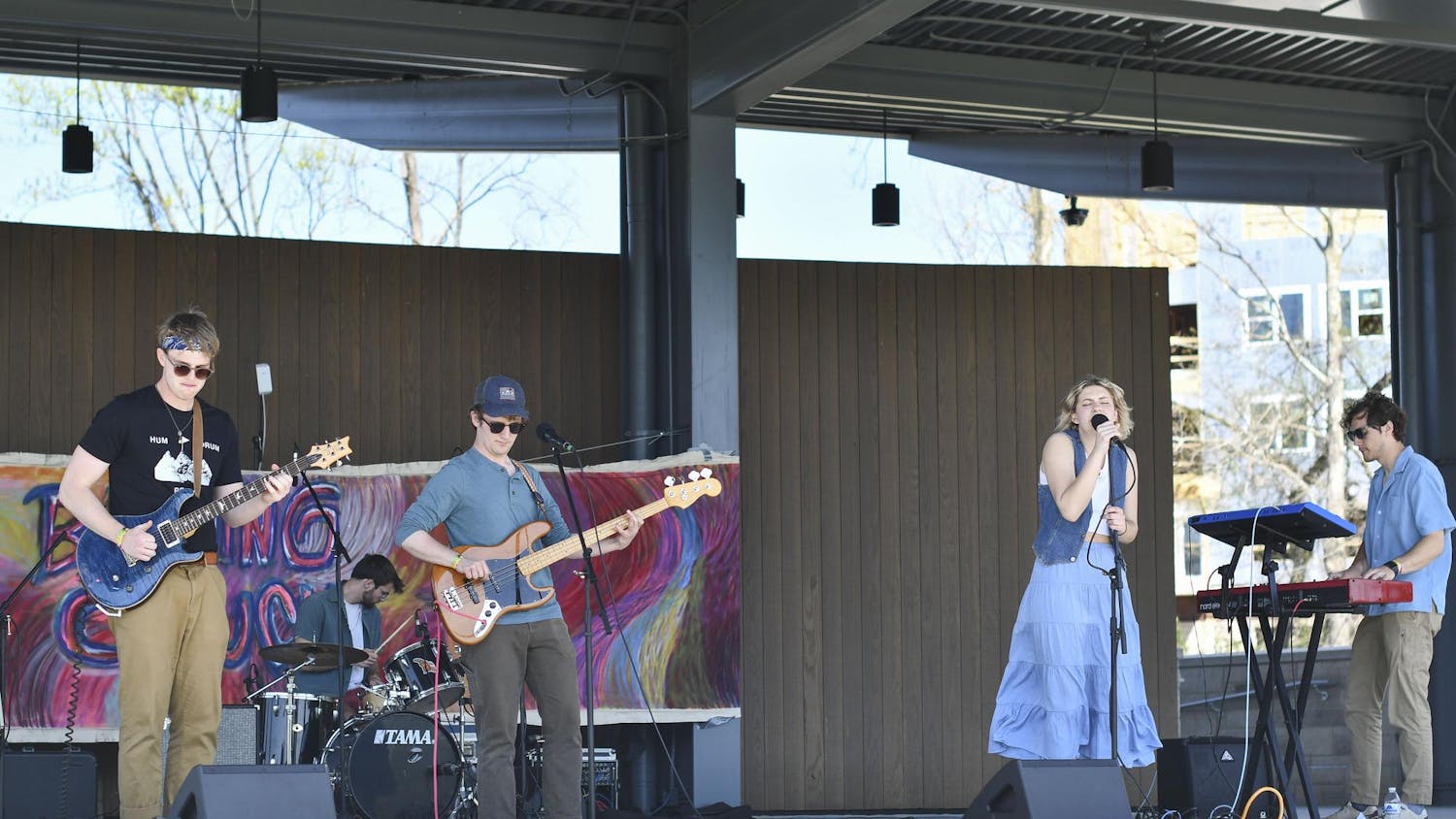Even though I’m halfway across the world, I can’t help but draw parallels between my life in Bloomington and my new life in Aix-en-Provence, France.
Just as Bloomington is a typical college town only a short drive away from a bigger city, Aix-en-Provence has the same relationship with Marseille, France’s second largest city.
This past Saturday, my academic program took a day trip to get our first taste of the metropolis.
The Greeks founded Marseille around 600 B.C. Even today, signs of ancient life linger in the Old Port, in the medieval forts and cathedrals right off the shore and in the architecture within the older arrondissements, districts of the city.
We stepped off our bus just below Notre Dame de la Garde, a basilica built on the remains of an ancient fort located at Marseille’s highest point of elevation.
At the lookout points, we saw the city stretching off into the mountains farther than the eye could see. We also got a bird’s-eye view of the Frioul archipelago, the most famous of its islands being If, where the fortress Château d’If is located.
As a longtime fan of the story “The Count of Monte Cristo,” whose setting is the 16th century fortress, my heart skipped a few beats finally seeing it in person. I hope that on my next trip to Marseille, I can take the ferry out to the island and explore.
Descending the long and steep hill down to the city proper, we stopped by Four des Navettes, the oldest bakery in Marseille. Open since 1781, it is almost as old as the United States.
It’s not every day you have pastries baked from a recipe almost as old as the Constitution.
We walked along the Vieux Port, where thousands of yachts and boats were docked, swaying in the wind.
So close to the sea, I was worried about being blown into the water because the wind was so strong.
I read about the famous Mistral wind that blows down from Russia and tears through this region, and, since it only just started to cool down here, I can’t even imagine what it will be like as the wind gets even more powerful during the winter.
We left Marseille a few hours later, after walking through the old Panier Quarter and back down to the steps of Fort Saint-Jean, where the new Museum of European and Mediterranean Civilisations is located.
While the Panier Quarter represents old Marseille, the museum represents the revamped and remolded part of the city, a result of Marseille being chosen as a European Capital of Culture in 2013.
Our professor told us that Marseille was very much a different city and less of a destination just four years ago, and the negative attitudes toward the city linger for many French people.
The rivalry between Aix-en-Provence and Marseille is fierce, with Aixois labeled bourgeois, or middle class, and the Marseillais generally considered lower class.
I can’t pretend to understand the rivalry completely enough to agree or disagree, but the reactions garnered by mentioning either city to a French person are stored in my memory bank as a useful way to learn more about the culture of Southern France.
rarosens@indiana.edu




